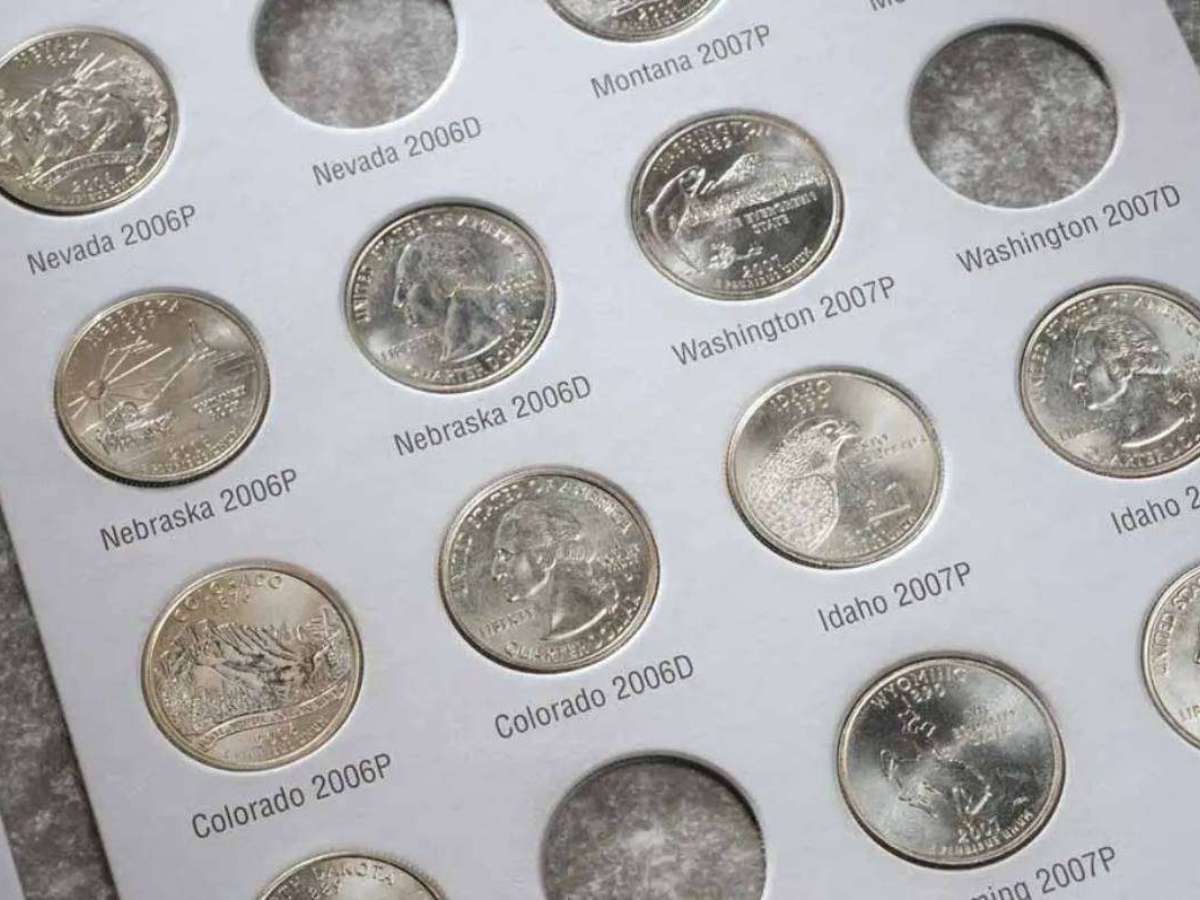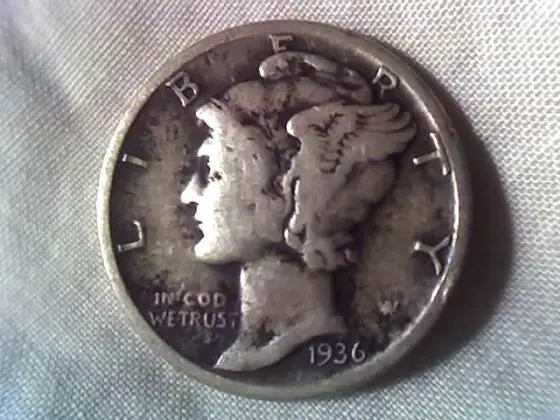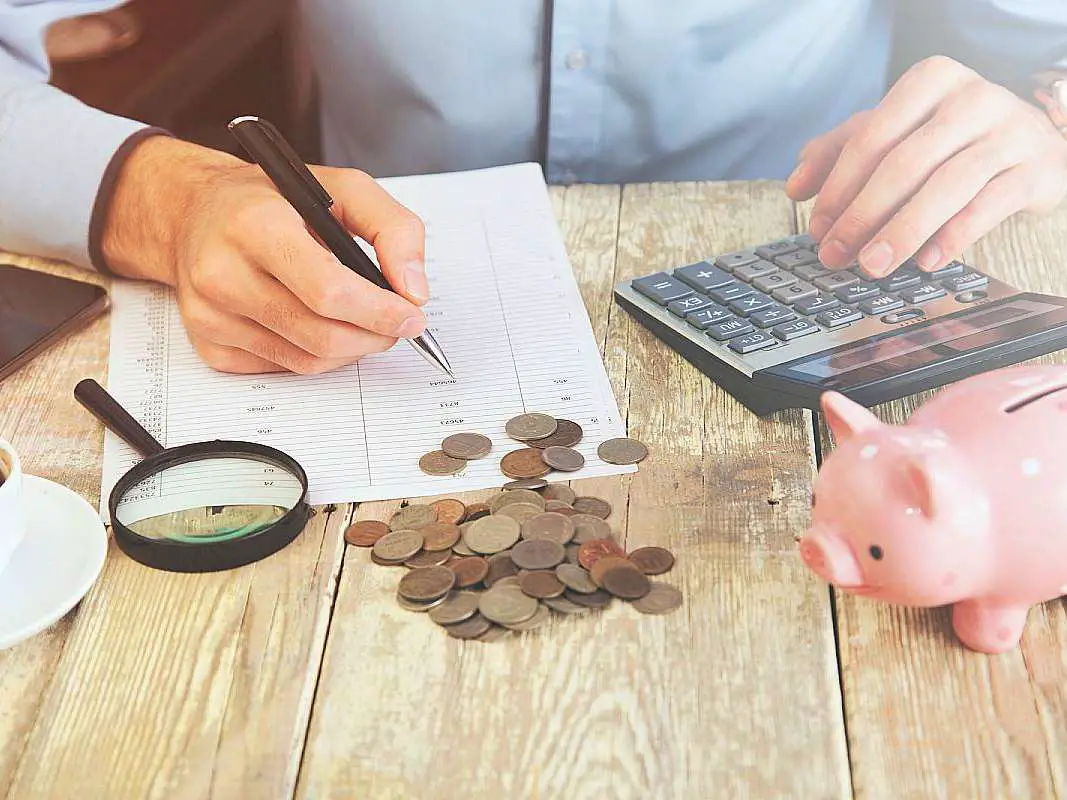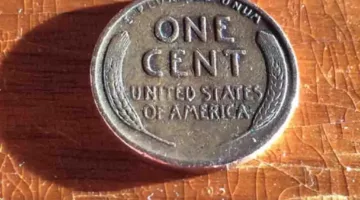
Want to know the value of your 1940 penny?
1940 pennies turn up every now and then in pocket change, bank rolls, and other places in circulation — so chances are fairly good that you may have a 1940 wheat penny or two in your possession.
Today I’m going to answer common questions about 1940 pennies, including:
- How much is a 1940 penny worth?
- How many 1940 pennies were made?
- Are 1940 wheat pennies rare?
- What’s the most valuable 1940 penny?
- And much more!
How Much Is A 1940 Penny Worth?
That’s the question so many folks want to know… Probably you, too. The value of a 1940 penny varies, depending on the mintmark of the coin and also its state of preservation.
Generally speaking, most 1940 pennies that are found in circulation have moderate to heavy wear. Despite the wear, many 1940 pennies have never been cleaned or have much, if any, damage (holes, bends, heavy nicks, etc).
Of course, this is a good thing — because cleaning a coin with the vain attempt of making it look better or altering it to turn it into jewelry or an art project not only causes permanent damage to the coin, but it also lowers its value.
Here’s a breakdown of 1940 penny values for coins in circulated condition:
- 1940 no mintmark penny (Philadelphia) — 3 to 5+ cents
- 1940-D penny (Denver) — 3 to 5+ cents
- 1940-S penny (San Francisco) — 4 to 7+ cents
- 1940 proof Lincoln cent* — $25+
*Proof Lincoln wheat pennies from 1940 are generally only found in collections or estates and in decent condition. They virtually never turn up in circulation with wear.
How Many 1940 Pennies Were Made?
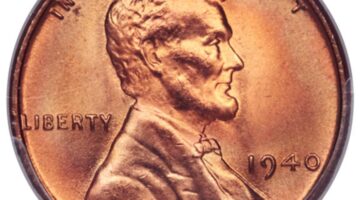
The 1940 penny had, for its time, the highest mintage of all pennies.
Here’s a breakdown of how many 1940 pennies were made at each U.S. Mint:
- Philadelphia Mint (no mintmark under date): 586,810,000
- Denver Mint (“D” mintmark under date): 81,390,000
- San Francisco Mint (“S” mintmark under date): 112,940,000
There were also 15,872 proof specimens of the 1940 penny made at the Philadelphia Mint — back then, virtually all proofs were made in Philly, not San Francisco.
Are 1940 Wheat Pennies Rare?
Since millions upon millions of 1940 pennies were minted, they really aren’t rare in the absolute sense.
Even with the loss of so many 1940 pennies over the years through circulation wear, damage, destruction, loss to fire and burial, and so on, there are still tens of millions of 1940 pennies around.
So, 1940 wheat pennies are not rare — at least in worn grades.
But uncirculated 1940 pennies and proof 1940 pennies are a different story!
While there are millions of circulated 1940 pennies around, there are actually only a few dozen thousand that remain in uncirculated and proof condition. In other words, uncirculated and proof 1940 pennies are scarce.
Also, the better the condition of an uncirculated or proof 1940 penny, the rarer it is.
For example:
- In grades above Mint State-67, uncirculated 1940 pennies go from being scarce to relatively rare.
- All proof 1940 pennies with cameo frosting on the devices (Lincoln’s head, the wheat stalks, lettering, etc.) are rare, with perhaps only 100 or so around.
What Is The Most Valuable 1940 Penny?
According to the Professional Coin Grading Service (PCGS), a 1940 Lincoln penny graded Mint State-68 Red (a nearly perfect coin with original, bright copper-colored surfaces) sold for $14,950 in 2006.
Talk about a pretty penny!
IMPORTANT: What Is The Grade Of Your 1940 Penny?
To determine the true value of your 1940 wheat penny, you first need to know what condition (or grade) your coin is in.
Grab a coin magnifier and a copy of the U.S. Coin Grading Standards book. Then, watch this video to see how to grade coins yourself at home:


